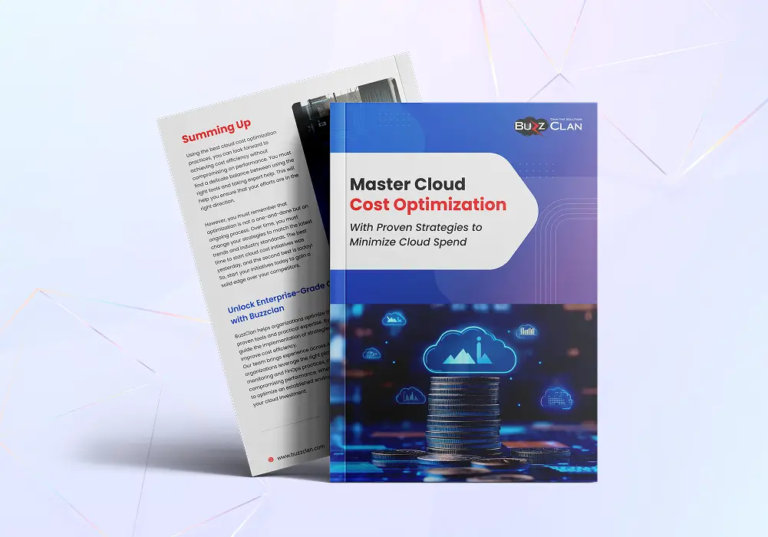Mastering SOAR: Transforming Cybersecurity Through Orchestration, Automation, and Intelligent Response
Deepak Dube
Jan 16, 2025
In today’s rapidly evolving digital landscape, cybersecurity teams face an unprecedented volume and sophistication of threats. As organizations struggle to keep pace with this ever-changing threat environment, Security Orchestration, Automation, and Response (SOAR) has emerged as a critical solution for modernizing and enhancing security operations. This comprehensive guide will explore the core concepts, benefits, and implementation strategies of SOAR, empowering security professionals to leverage this powerful technology in their organizations.
Understanding SOAR: The Future of Cybersecurity Operations
SOAR represents a paradigm shift in how organizations approach cybersecurity. At its core, SOAR combines three key elements:
- Security Orchestration: The seamless integration and coordination of various security tools and processes.
- Automation: The ability to execute repetitive tasks and workflows without human intervention.
- Response: Intelligent and rapid reaction to security incidents based on predefined playbooks and human expertise.
By unifying these components, SOAR platforms enable security teams to streamline operations, reduce manual workload, and significantly improve incident response times. This holistic approach to security management is becoming increasingly essential as the complexity and scale of cyber threats continue to grow.
The Driving Forces Behind SOAR Adoption
Several factors have contributed to the rising popularity of SOAR solutions:
Alert Fatigue and Resource Constraints
Security teams often need help with the sheer volume of alerts their security infrastructure generates. SOAR helps alleviate this burden by automating the triage and initial investigation of low-level alerts, allowing human analysts to focus on more complex and critical issues.
Skills Shortage in Cybersecurity
The global cybersecurity skills gap continues to widen, making it challenging for organizations to maintain adequate staffing levels. SOAR platforms can help bridge this gap by automating routine tasks and providing guided response procedures for less experienced team members.
Need for Faster Incident Response
In the face of rapidly evolving threats, organizations must be able to detect, investigate, and respond to incidents quickly. SOAR accelerates this process through automation and orchestration, enabling security teams to react more swiftly and effectively to potential breaches.
Complexity of Security Ecosystems
Modern security infrastructures often comprise a diverse array of tools and technologies. SOAR platforms act as a central hub, integrating these disparate systems and providing a unified interface for management and operation.
Key Components of SOAR Platforms
To fully leverage the power of SOAR, it’s essential to understand its core components:
| Key Components | Description |
|---|---|
| Integration Framework | A robust SOAR platform should offer seamless integration with various security tools, including SIEM systems, threat intelligence platforms, endpoint detection and response (EDR) solutions, and more. This integration allows for the centralized management and orchestration of security processes across the entire ecosystem. |
| Automation Engine | The automation engine is the heart of a SOAR platform, enabling the creation and execution of automated workflows. These workflows, often called playbooks, define the steps to respond to specific security events or alerts. |
| Case Management | SOAR platforms typically include case management functionality, providing a centralized repository for all incident-related information. This feature enables better collaboration among team members and helps maintain a comprehensive audit trail of all actions taken during an investigation. |
| Reporting and Analytics | Advanced reporting and analytics capabilities are crucial for measuring security operations' effectiveness and identifying areas for improvement. SOAR platforms often include customizable dashboards and reports that provide valuable insights into key performance indicators (KPIs) and security metrics. |
| Threat Intelligence Integration | Many SOAR solutions offer native integration with threat intelligence feeds, enriching alerts with contextual information and enabling more informed decision-making during incident response. |
Implementing SOAR: Best Practices and Strategies
While the benefits of SOAR are clear, successful implementation requires careful planning and execution. Here are some best practices to consider:
Start with a Clear Vision and Objectives
Before implementing SOAR, define your organization’s specific goals and priorities. Are you primarily focused on reducing response times, improving analyst productivity, or enhancing overall security posture? Having a clear vision will guide your implementation strategy and help measure success.
Assess Your Current Security Ecosystem
Conduct a thorough inventory of your existing security tools and processes. Identify areas where automation could have the most significant impact and potential integration challenges that must be addressed.
Prioritize Use Cases
Begin with high-value, low-complexity use cases to demonstrate quick wins and build momentum. Common starting points include alert triage, malware analysis, and vulnerability management.
Develop and Refine Playbooks
Create detailed playbooks that codify your organization’s best practices for incident response. Start with simple workflows and gradually increase complexity as your team becomes more comfortable with the SOAR platform.
Invest in Training and Change Management
SOAR represents a significant shift in how security operations are conducted. Invest in comprehensive training for your team and develop a change management strategy to ensure the smooth adoption of the new processes and technologies.
Continuously Measure and Optimize
Regularly assess the performance of your SOAR implementation against predefined KPIs. Use these insights to refine playbooks, adjust automation rules, and identify areas for further improvement.
The Future of SOAR: Emerging Trends and Technologies
As SOAR continues to evolve, several trends are shaping its future:
AI and Machine Learning Integration
Incorporating artificial intelligence and machine learning capabilities enhances the intelligence of SOAR platforms, enabling more sophisticated threat detection and automated decision-making.
Extended Detection and Response (XDR)
The convergence of SOAR with XDR technologies creates more comprehensive and integrated security solutions that provide end-to-end threat detection and response capabilities across multiple security domains.
Cloud-Native SOAR
As organizations increasingly adopt cloud infrastructure, cloud-native SOAR solutions are emerging to address the unique challenges and opportunities cloud environments present.
Collaborative SOAR
New SOAR platforms are enhancing collaboration within security teams, different departments, and even between organizations, fostering a more community-driven approach to cybersecurity.
Measuring SOAR Success: Key Performance Indicators
To effectively evaluate the impact of your SOAR implementation, consider tracking the following KPIs:
- Mean Time to Detect (MTTD): The average time it takes to identify a security incident.
- Mean Time to Respond (MTTR): The average time from incident detection to resolution.
- Analyst Productivity: Measure how many incidents or alerts an analyst can handle in a given timeframe.
- False Positive Reduction: The percentage decrease in false positive alerts after the implementation of SOAR.
- Incident Resolution Rate: The number of incidents successfully resolved within a specified timeframe.
- Compliance Adherence: Measure how well the organization meets regulatory requirements using SOAR-driven processes.
Challenges and Considerations in SOAR Adoption
While SOAR offers significant benefits, organizations should be aware of potential challenges:
Initial Complexity
Implementing SOAR can be complex, requiring significant time and resources to integrate with existing systems and develop effective playbooks.
Over-Automation Risks
While automation is powerful, it’s crucial to maintain human oversight. Over-reliance on automated processes can lead to missed nuances or false conclusions.
Data Quality Issues
The effectiveness of SOAR largely depends on the quality of the data it receives. Poor data can lead to inaccurate automation and flawed decision-making.
Skill Set Adaptation
Security teams may need to develop new skills, such as scripting and API integration, to leverage SOAR capabilities fully.
Conclusion: Embracing the SOAR Revolution
As cyber threats evolve, SOAR will play an increasingly critical role in enabling organizations to stay ahead of attackers. By embracing SOAR technologies and best practices, security teams can enhance their defensive capabilities and free up valuable time and resources to focus on strategic initiatives that drive business value.
The journey to implementing SOAR may be challenging. Still, the potential benefits of improved security posture, operational efficiency, and overall risk reduction make it a worthwhile investment for organizations of all sizes. As you embark on your SOAR journey, remember that success lies not just in the technology itself but in how effectively it is integrated into your broader security strategy and organizational culture.
FAQs

Get In Touch
Follow Us

Get In Touch
Follow Us
Table of Contents
- Understanding SOAR: The Future of Cybersecurity Operations
- The Driving Forces Behind SOAR Adoption
- Key Components of SOAR Platforms
- Implementing SOAR: Best Practices and Strategies
- The Future of SOAR: Emerging Trends and Technologies
- Measuring SOAR Success: Key Performance Indicators
- Challenges and Considerations in SOAR Adoption
- Conclusion: Embracing the SOAR Revolution
- FAQs
- Get In Touch
- Get In Touch








